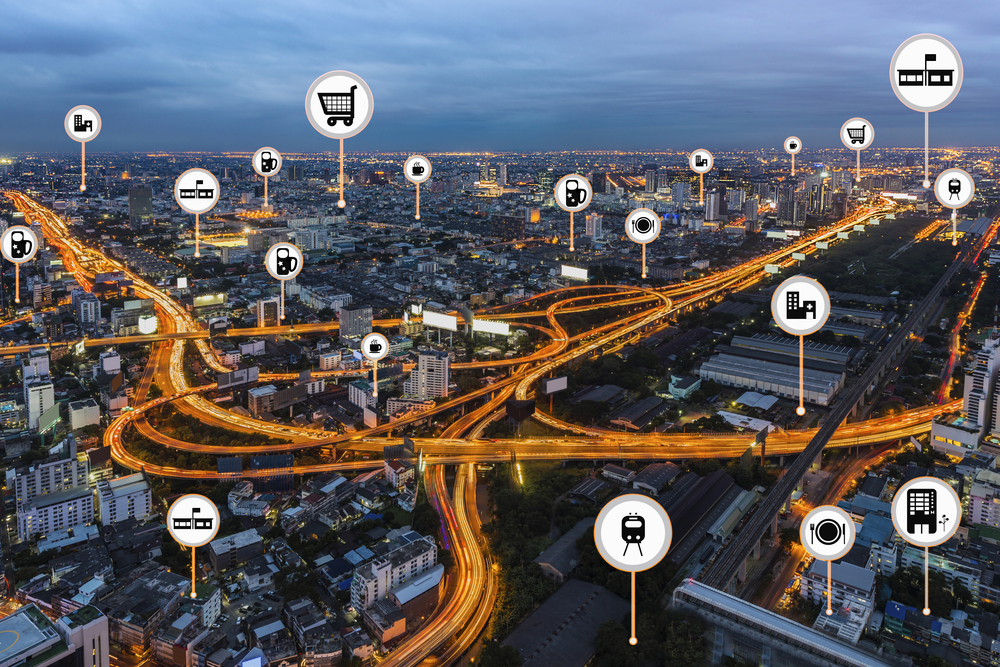In these pandemic stricken times, technology and sustainability have become key points of focus. There has been a heightened awareness about sustainability among the masses and even industry and commerce. When one thinks of smart cities, vistas of tech-enabled monoliths, automated vehicles, and mass IoT devices are conjured up. None of these technologies today are the staple of science fiction. They are a gateway to bustling smart megalopolis that can act as innovation, technology, and industry hubs with an emphasis on sustainability.
Today, some of the key trends affecting smart cities are those induced by the new normal. For instance, a push towards social distancing mandated the need for technology enabled contactless interactions. The key area of concern was curbing the spread and maintaining the safety of the masses. This has led to rapid technological adoption, advent of digital infrastructures and environments, shared mobility concepts that emphasized on safety, and various other collaborations across the board. Let’s delve deeper into the key trends shaping smart cities of tomorrow, based on insights.
Advent of 5G
The implementation of 5G technologies earmarks the start of a new epoch for smart cities. 5G will act as a catalyst for the adoption IoT, driverless cars, and smart buildings. The use of smart antennas and small cells will lead to new levels of efficiency in power consumption while ensuring better network coverage like never before. 5G will also provide a big boost to the adoption of driverless cars, which are a critical ingredient for our decarbonized future. With smart power management systems, 5G can become a potent force in meeting our connectivity needs and also driving long-term sustainability efforts by being a technology enabler. The 5G technology market is expected to cross USD 700 billion, growing at a CAGR of 70.83 % during the forecast period of 2020-2025, as per Market Research Future.
Regional data gathering and analytics
Analysing and gathering consumer data is a critical component to start the smart city transformation and stay competitive. Data analysis demand in rising at an exponential pace. Wearables, IoT, 5G and other technological developments are further fuelling the growth of data analytics. The control centres in smart cities shall use the humongous data gather by municipalities, operators, management systems and IoT to improve the public environment and focus on holistic business decisions.
The global intelligent process automation market is estimated to be worth $15.8 billion by 2025, according to ReportLinker.
AI and automation driven cities
In many spheres of business, AI has already been adopted for better cybersecurity and to prevent risks. Public service technologies like parking, traffic control, and fare collection have seen the adoption of AI and automation.
Traffic management systems and vehicle to vehicle communications for automated cars shall use AI to reduce congestion and ensure optimal travel times. This is the promise of future that relies on shared mobility. In places like the Shanghai metro, speech and facial recognition technology has already made ticket purchasing seamless and contactless. More than 90% of India’s population have already enrolled in the national biometric ID system.
A glimpse into the future
Many existing smart cities like the one at Amsterdam use automation and other technologies like electric vehicles. They offer a sneak peek into a decarbonized and sustainable future. The biggest challenge for smart cities of tomorrow is not the technological adoption but doing so in harmony with the environment. Sustainability efforts require a holistic approach for intelligent innovation. Some examples of this include San Diego’s smart city where intelligent street lights and solar-powered charging stations are impelling the green innovation revolution.



